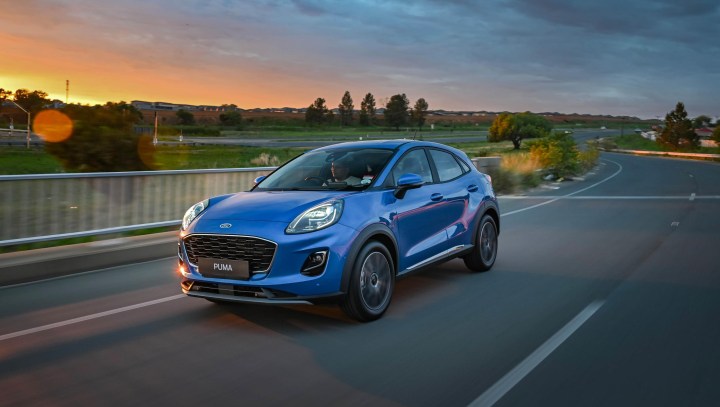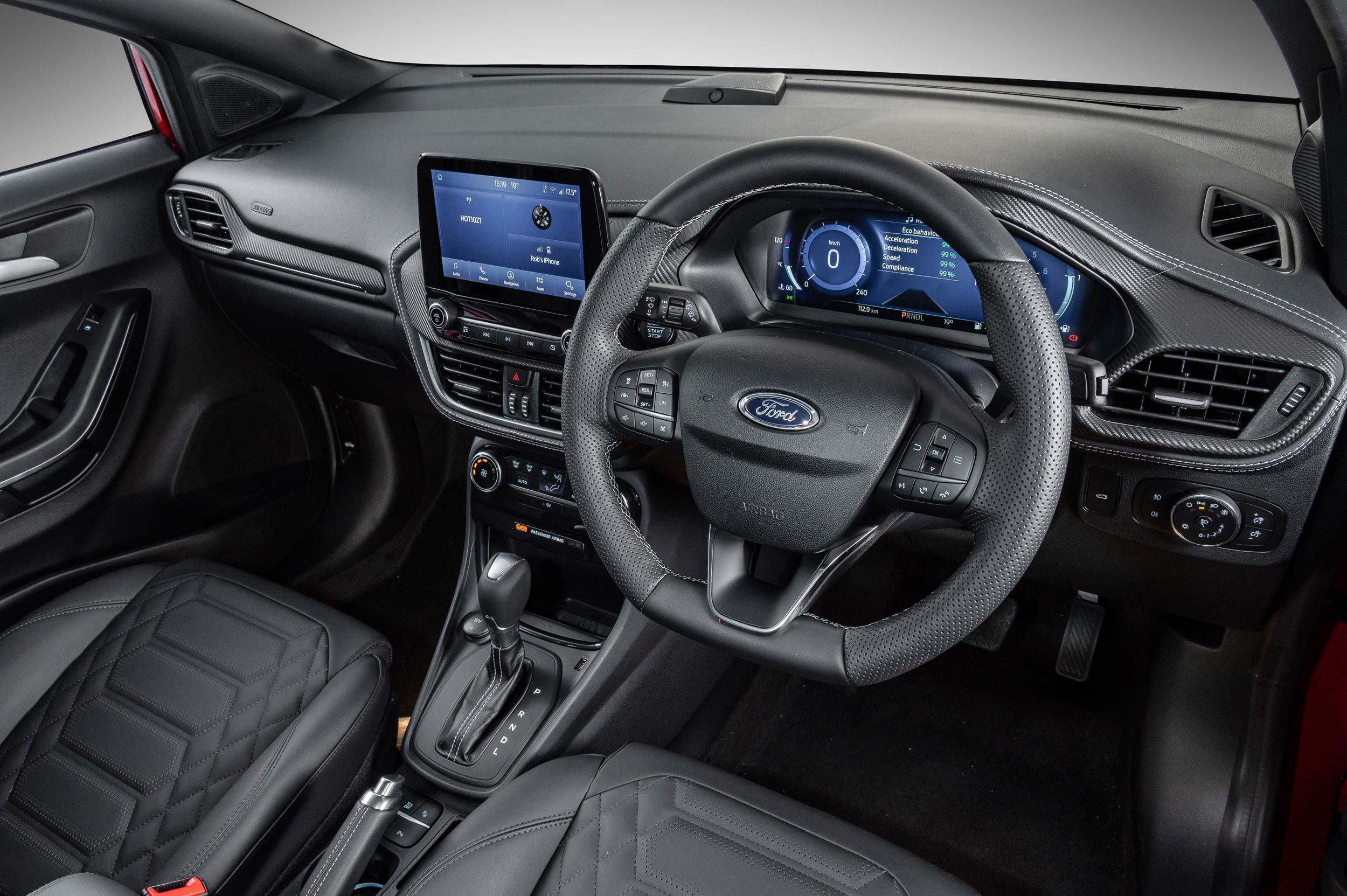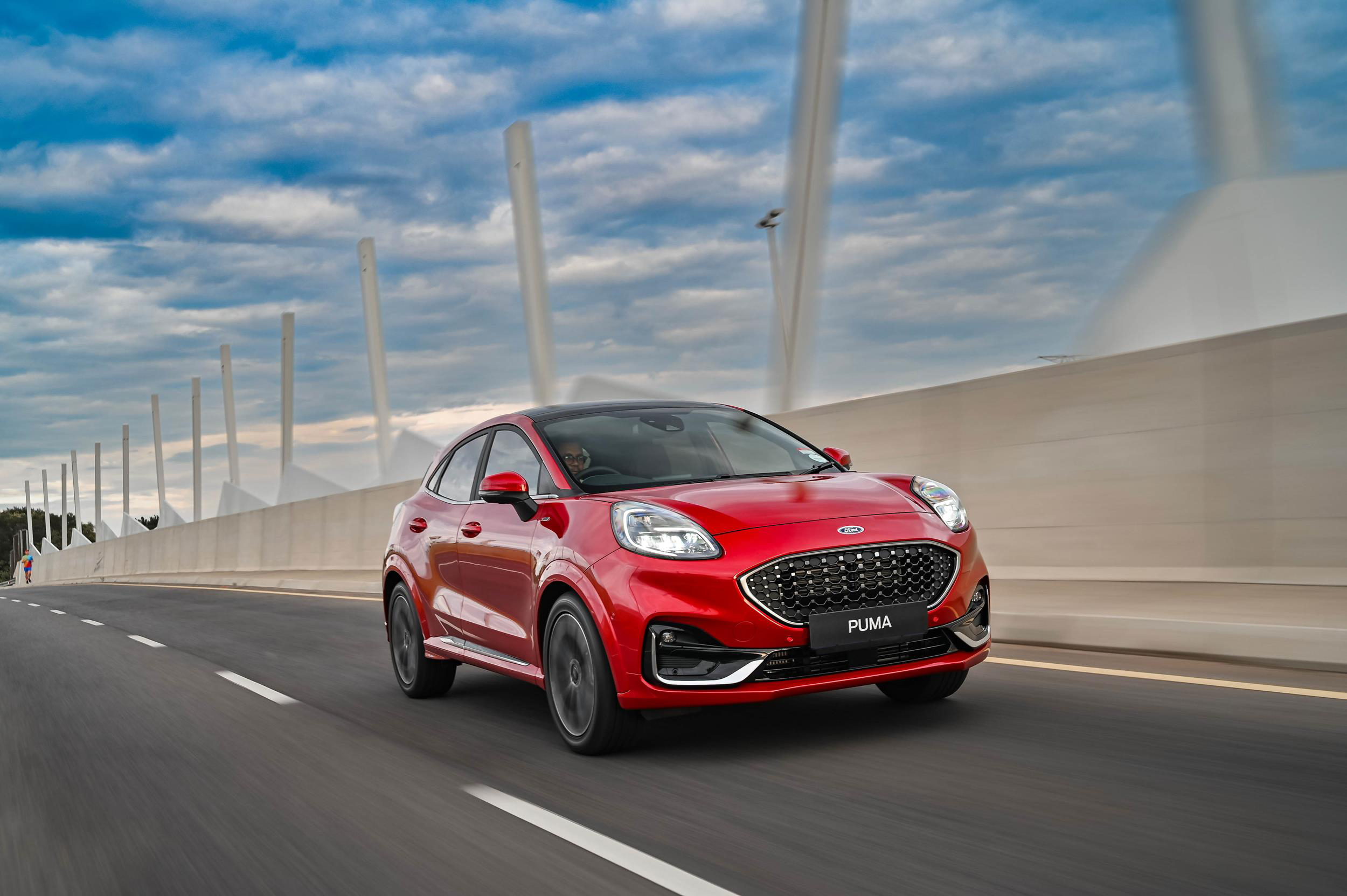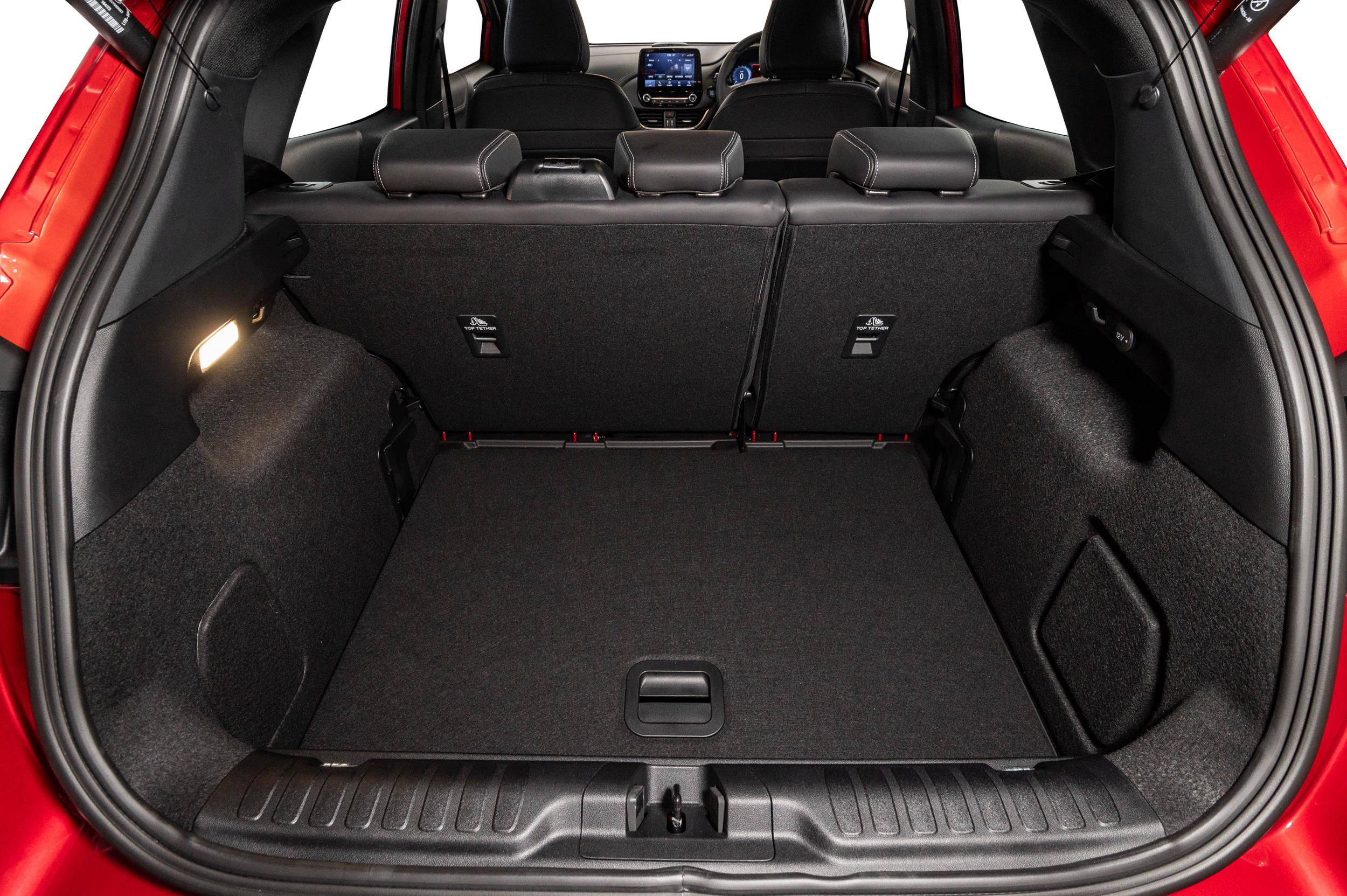MOTORING
Ford claws its way into the compact SUV segment with its premium Puma

After a drought of passenger car products, Ford has released a wild cat among the pigeons with its much-anticipated Puma.
For a manufacturing company that over the last year or two has had only one real volume seller on local offer, Ford SA has been doing surprisingly well when it comes to sales.
Currently at number four overall in the country – behind Toyota, VW and Suzuki – Ford’s award-winning Ranger bakkie has accounted for the majority of the company’s sales in 2023.
Of course, it would be remiss to not also mention the Ford Everest here. While it’s no real threat to Toyota’s Fortuner when it comes to numbers, it grows in popularity as a highly capable SUV off-roader.
However, lacking a varied portfolio of products has made the job hard for the local arm of the blue oval.
Over the course of 2021/22, the beleaguered Kuga, the trusty Fiesta and the budget Figo were all discontinued in SA.
When it was announced that, from 2023, the hugely popular EcoSport would no longer be available in our market, many of us in the motoring media were worried.
How would the feisty local arm of Ford manage to thrive with only its Ranger (and Everest) to boost sales? (While the Mustang and Tourneo are still on offer here, their sales are minor in the bigger scheme of numbers.)
Well, more than survive they have.
By the end of August, Ford SA had even managed to beat bestselling Toyota SA in the Double Cab LCV segment, which is no mean feat in a Hilux-obsessed country.
At the launch of its Ranger Wildtrak X in October, Ford revealed that it had sold 13,892 Double Cab Ranger models between January and August 2023, while its archrival Toyota was in second place with 12,272 Double Cab Hiluxes sold.
Now there’s a new kid on the block – the much anticipated Puma and a worthy contender in the subcompact crossover SUV B segment. It’s here to remind Ford fans that the company is still a player in the local passenger car market.
The Puma, built on the Fiesta’s platform, was first introduced to Europe in 1998 in the form of a small coupé. Looks-wise, with its slanted roof and sporty visage, it was considered to be rather daring in design at the time.
While it may have looked the part, its somewhat underwhelming drivetrain was not a huge hit with buyers. Five years later, that Puma model was put out to pasture.
In 2019, the Puma as a subcompact SUV was reintroduced as an entirely new product. (For some context, in markets still selling the EcoSport and Kuga, it’s placed between the two.)
In fact, in certain ways, the new Puma could be considered a replacement for the discontinued EcoSport but there are significant differences between the two.
First, size-wise, the Puma is larger on most fronts, and when it comes to boot space, at 456 litres, it offers 123 litres more than the EcoSport’s rather ungenerous load bay of 333 litres.
The top of the range ST Vignale is also a helluva lot more premium than the old EcoS, courtesy of its heated seats with added massage function, its 10-speaker Bang & Olufsen sound system, its plush leather interior and Porsche-like cat-eyed headlamps.
The Puma plays in a somewhat niche segment, drawing guns, according to Ford, with the likes of the VW T-Roc and the Hyundai Kona. I’ve added the Toyota CHR, the Opel Mokka and the new Chinese stunner, the Omoda, to the mix.
Unlike the likes of the cheaper B segment T-Cross, the Toyota Urban Cruiser and Suzuki Vitara, the Puma plays in a more premium league due to its upmarket offerings, aimed at customers with more dosh and who are more discerning when it comes to cutting edge looks and luxury spec. With its low-sweeping roofline, cat-eyed lamps and flared rear, it looks the part.
There are currently two models on offer: the “entry” level Titanium and aforementioned top of the range ST-Vignale, which sets itself apart with a set of macho 18-inch alloy wheels and a good deal of leather upholstery.
The backside of the ST-Vignale includes a larger roof spoiler than its Titanium sibling, but perhaps the most significant difference lies in its “sports suspension” with tuned springs and shock absorbers.
Talking of backsides, the Puma’s party trick in both models has to be something called the “MegaBox”.
It’s a deep, rubber-lined container which fits snugly below the boot floor. Because of its depth, it can fit a set of upright golf clubs. But wait, it gets better.
If need be, you can dump a whole lot of wet gear in the MegaBox and if you need to drain it, there’s a plug hole that allows liquid to drain out. (In a moment of dog-owner glee, I wondered whether this may serve as a medium-sized dog bath if the pooch gets too muddy in Cape Town winters.)
With its MegaBox, Ford now offers the biggest and most functional boot in this compact crossover segment.
When it comes to what’s under the bonnet, both models share Ford’s award-winning EcoBoost 1.0 litre engine, offering a respectable 92kWs of power and 170Nm torque via its 7-speed DCT auto gearbox. (If you have a need for speed, you’d probably like the “proper ST” Puma with its 1.5 litre engine and 145kWs, but currently this model is not on offer locally.)
On launch I took the top-of-the-range (mild) wild cat on a scenic route around the Cape Peninsula. On mountainous bends, the ST-Vignale with its 18-inch alloys, sport suspension and shocks felt well planted and agile with almost no discernible body roll, albeit the drive being a tad stiff. The steering felt direct and responsive.
On road, my Puma had no issues on the overtake and felt nippier than its “0-100km in just over 10 seconds” figures.
Insulation was excellent with no discernible road noise.
While it doesn’t have as much ground clearance as the EcoSport, it still sits 3cm higher than the Fiesta, which gives it a mild SUV feel. I easily found my preferred seating position both as front passenger and driver, and as long as you’re not a giant, the rear passenger room feels spacious.
Tech-wise, I’ve always experienced Ford’s Sync system as simple and intuitive, and while I was expecting the Puma to be equipped with the latest Sync4, its Sync3 software does the biz.
I did, however, wish that the Puma offered dual-zone climate control because if there’s one thing my boyfriend and I can’t agree on, it’s how hot/cool a car should be.
Fuel-wise, despite doing some serious revving, I managed to average around 6.2 litre/100km, thanks to that frugal 1.0 litre EcoBoost engine.
When it comes to safety, the Puma has a 5-star Euro NCAP rating with its six airbags and systems like lane-keep aid, pre-collision and auto high beam assist.
In 2021, the Puma became the bestselling Ford model in the UK, surpassing the much loved Fiesta. However, in that market there is a hybrid Puma derivative on offer, as well as the speedy 1.5 litre ST, which we hope will grace our shores in the near future.
It’s a relief that there’s finally a new Ford passenger kid on the block, and even though it’s not exactly going to eclipse its Ranger brother at the tills, it should claw up some decent sales within its segment.
Pricing:
Puma Titanium – R569,900
Puma ST-Vignale – R613,900. DM























 Become an Insider
Become an Insider
Comments - Please login in order to comment.